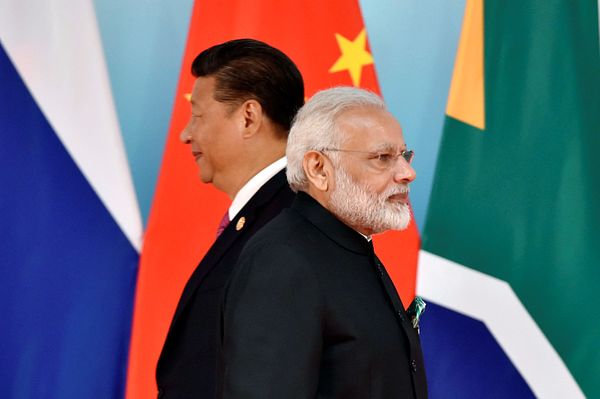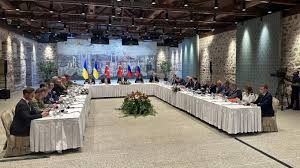In the wake of the April 22 terror attack in Pahalgam, Kashmir, where civilians were gunned down, China’s foreign ministry expressed opposition to terrorism. Yet, the tone of Chinese state media and expert commentary reveals a deeper alignment with Pakistan’s narrative on the issue, challenging India’s sovereignty and strategic responses.
Media Semantics: “India-Controlled Kashmir”
)
Leading Chinese platforms like Xinhua and CCTV, both operated by the Chinese Communist Party, described the incident as involving unidentified local gunmen. Significantly, the region is referred to as “India-controlled Kashmir”, subtly echoing Pakistan’s preferred nomenclature like “Indian illegally-occupied Kashmir.” While the language is diplomatically softer, the underlying tone helps undermine India’s case.
Playing Down Terrorism Allegations
The Global Times even questioned India’s attribution of the attack to The Resistance Front (TRF), citing their withdrawal of responsibility due to an alleged cyber intrusion. Chinese commentary advised India to act “rationally” and avoid “premature conclusions,” effectively downplaying decades of Pakistani state-sponsored terrorism in Kashmir.
Calls for “Dialogue” and “De-escalation”
On April 27, Chinese Foreign Minister Wang Yi reinforced China’s support for bilateral dialogue during a phone call with Pakistani counterpart Mohammad Ishaq Dar. The following day, spokesperson Guo Jiankun stressed restraint and resolution through consultation. But these calls are less about peace and more about projecting India as incapable of handling military escalation in Kashmir.
India’s Military Capability Questioned
Analysts like Wang Shida and military commentators such as the pseudonymous Gu Huoping have claimed that escalation would harm India more than Pakistan. Articles on platforms like NetEase even cited India’s retreat in the 1962 war and claimed that India’s victories over Pakistan have been overstated. Such narratives reinforce the idea that India should back off to avoid military humiliation.
The “Mediation” Narrative
In a reply to a Russian journalist, China expressed willingness to support a “fair” international investigation, aligning subtly with Pakistani proposals for global mediation. The move directly undermines India’s firm stance that the Kashmir issue remains bilateral. China’s own readout of the Wang-Dar call emphasized Pakistan’s “legitimate security concerns.”
Historic Parallels with Pulwama
China’s current rhetoric mirrors its posturing after the 2019 Pulwama attack. At that time, Beijing also refused to acknowledge Pakistan’s complicity, casting doubt on India’s identification of the terror group involved. This pattern of denial underscores Beijing’s broader aim to dilute India’s diplomatic and strategic advantage.
Opposing Indian Countermeasures
Chinese commentary has criticized India’s punitive actions—such as revoking airspace access and suspending the Indus Water Treaty—as excessive. Articles on platforms like Sohu and Guancha glorified Pakistan’s retaliatory moves, such as halting trade and blaming India for flooding in Pakistan-occupied Kashmir. Meteorological data, however, suggests seasonal glacial melt as the actual cause.
Economic Interests: The CPEC Factor
One of the most telling angles is China’s vested interest in the China-Pakistan Economic Corridor (CPEC). Analysts like Liu Zongyi suggest that India’s actions could destabilize Pakistan, thereby threatening CPEC’s security. Accusations that India backs separatists in Pakistan and Afghanistan are becoming part of a broader justification to delegitimize India’s Kashmir policy.
Conclusion: The Strategic Undercurrent
Despite official claims of neutrality, China’s narrative clearly leans toward Pakistan. Its media coverage, scholarly opinions, and diplomatic statements converge on diminishing India’s counterterrorism narrative, questioning its military capacity, and promoting external mediation in Kashmir. For India, countering this soft yet potent diplomatic offensive is crucial in safeguarding national interests and regional influence.
Related Reading:








